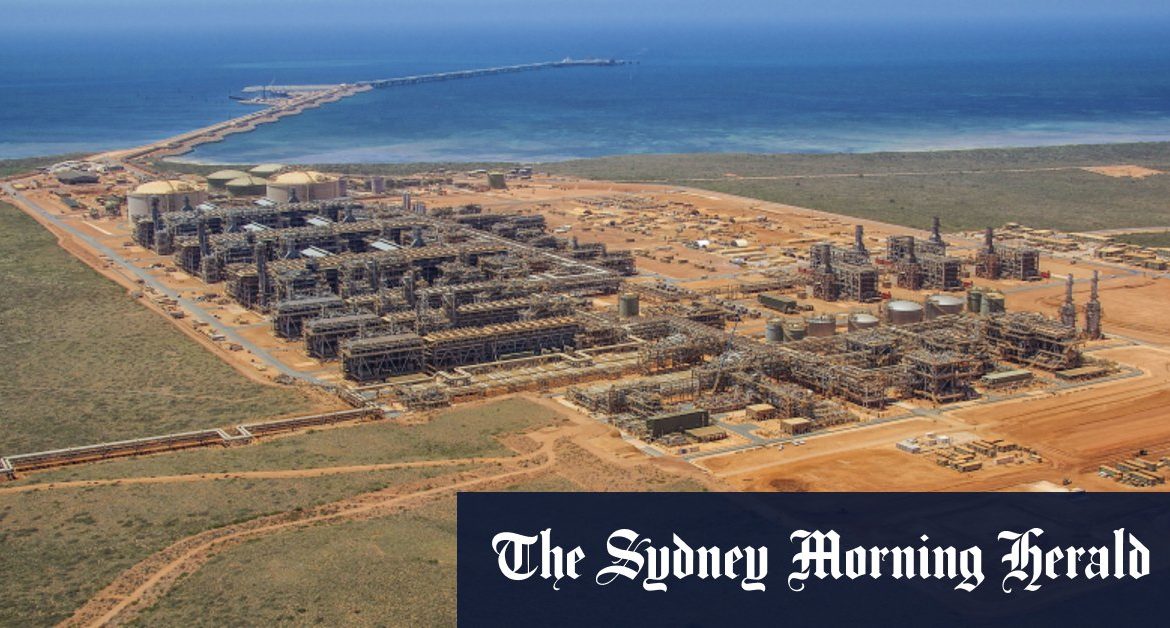Chevron is Australia’s sixth-highest greenhouse gas emitter and its Gorgon project on Barrow Island is WA’s second-highest emitting project, estimated to put out almost 10 million tonnes of carbon dioxide a year at full production, second only to its Wheatstone operation.
Chevron got environmental approval for Gorgon by promising new technologies to inject at least 80 per cent of ‘reservoir’ emissions into the island’s underground reservoir.
Reservoir gas is a major source of total project emissions, so the method was expected to reduce total project emissions by 40 per cent.
Performance against this target was to be assessed on a five-year average and, if not met, approval conditions stated Chevron would be obliged to offset the emissions. The period is up later this year.
But Chevron faced so many engineering problems with the experimental technology that the injection system only became operational by August 2019, three years after production started, when Gorgon had already vented 6.3 million tonnes of carbon.
Boiling Cold now writes DMIRS allowed Chevron to begin the carbon capture system without the so-called pressure management system, provided the pressure management started operating by December 2019 – then granted another three six-month extensions.
Loading
At the final extension in December it capped the level of carbon dioxide injection and increased reporting requirements.
The regulator would not reveal what the cap was or the corresponding increase in carbon emissions to be vented.
Resource and environmental compliance division director Karen Caple told Boiling Cold it was unlikely injecting carbon dioxide without the the pressure management system would impact the system’s long-term performance.
“DMIRS is closely monitoring Chevron’s progress on the CO2 injection system and will modify approval conditions if required, if the risks change,” she said.
DMIRS was asked for further comment.
WA Environment Minister Stephen Dawson in November rejected the Conservation Council of WA’s attempt to have Chevron’s operating licence conditions changed to place a limit on the carbon emissions and make regular public disclosures of carbon injection volumes, though he partially upheld CCWA’s bid to reduce the length of the licence approval, cutting it from 20 years to 10.
A Chevron spokeswoman said the pressure management system would create more space for higher volumes of carbon dioxide injection storage over time.
She said the injection system was still operating safely, with more than 4 million tonnes of carbon dioxide injected since startup, and meant Australia was demonstrating complex technology at a scale never undertaken by industry.
“Like any pioneering endeavour, the carbon capture sequestration system has presented some challenges and we continue to monitor and optimise system performance, with a focus on long-term, safe, efficient and reliable operation over its 40-plus year life,” she said.
“We continue to work closely with the relevant regulators to optimise the system and are committed to meeting our regulatory obligations over the more than 40-year life of the Gorgon natural gas facility.
“By sharing our learnings with industry and government, we aim to support the increased deployment and cost effectiveness of carbon capture and storage in Australia and globally.”
Carbon capture and storage technology was one of a handful of technologies the federal government has pinned its hopes on for averting climate change, in its energy roadmap released last year.
Emma Young is a WAtoday reporter focusing on environmental issues, urban planning, social justice and the arts. She has won eight WA Media Awards, including the Matt Price Award for Best Columnist.
Most Viewed in National
Loading







